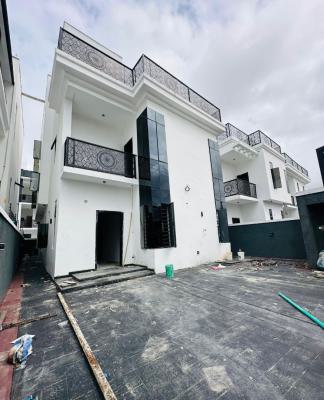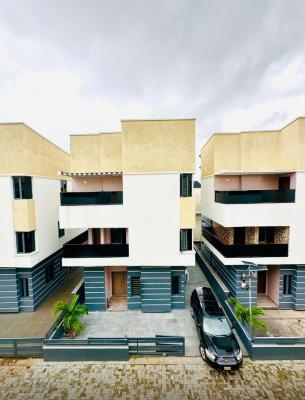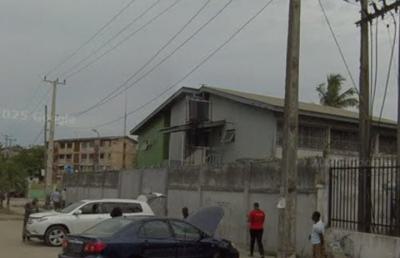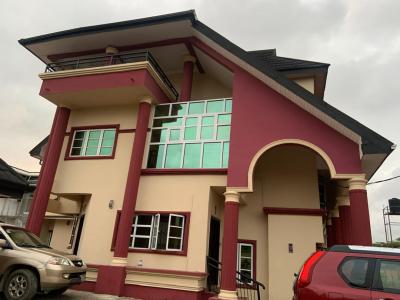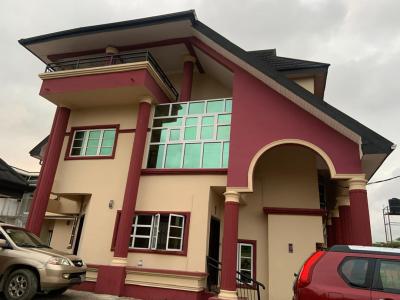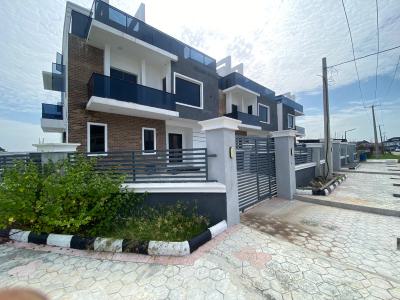Detached Duplexes in Festac Town, Festac, Amuwo Odofin, Lagos
Quick Filters
Categories Bedrooms Subtypes Sub Areas Furnishing
8
How many detached duplexes in Festac Town, Festac, Amuwo Odofin, Lagos are available?
There are 8 available detached duplexes in Festac Town, Festac, Amuwo Odofin, Lagos.
You can view and filter the list of property by price, furnishing and recency.


